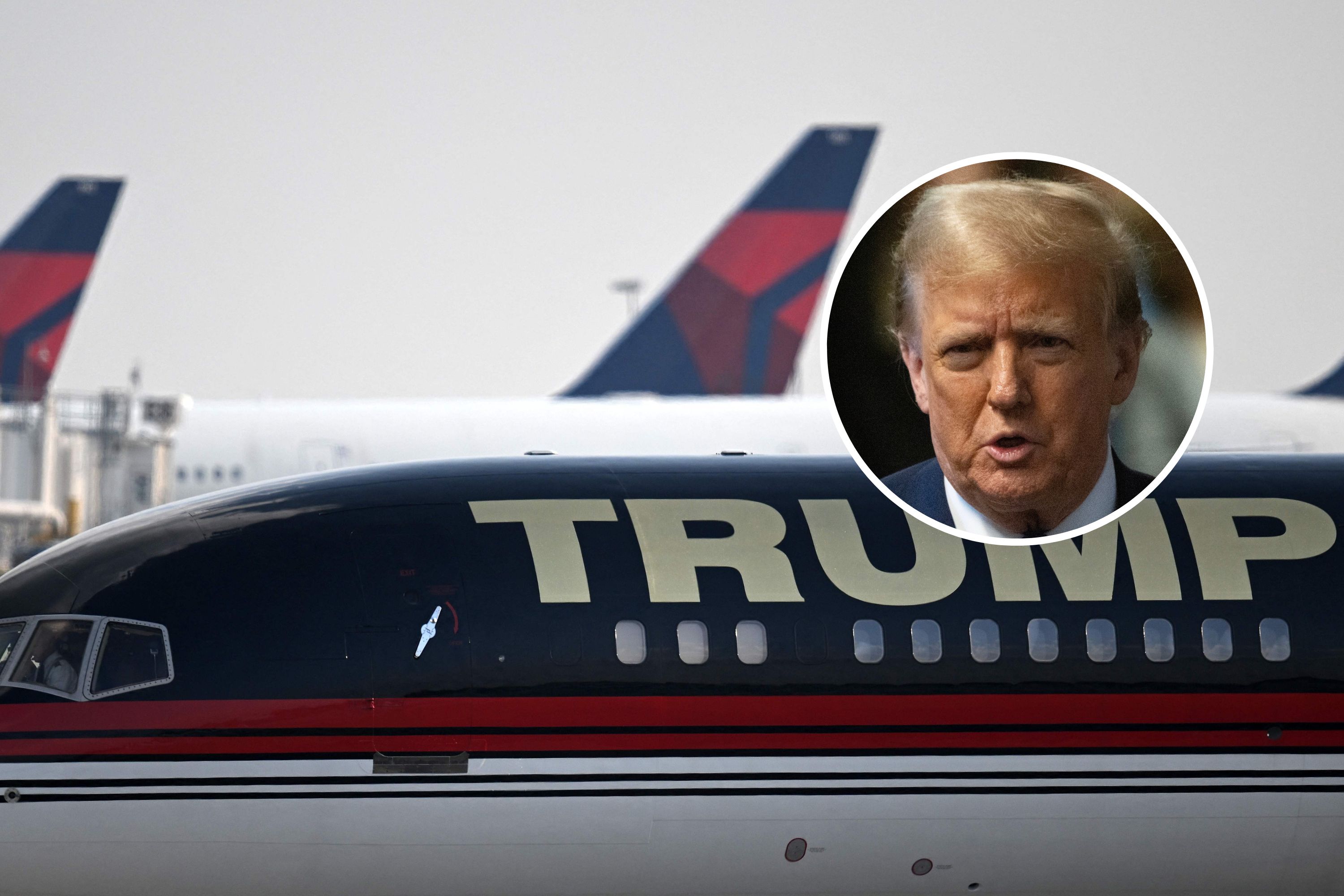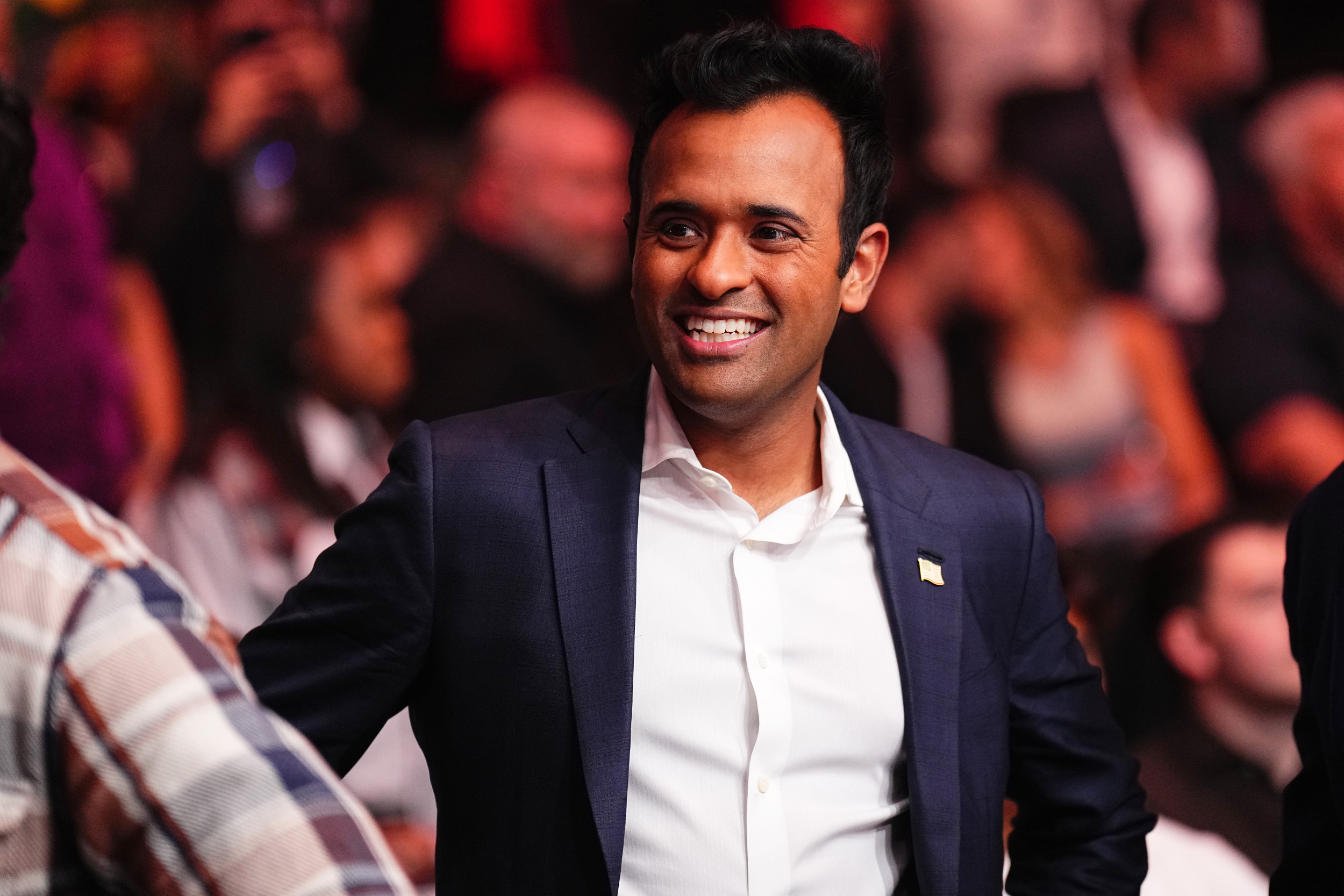In the grocery section of a big-box store in north Beijing, shoppers struggle to catch a bargain. And a fish. "We'd still rather pick it out ourselves," says law student Guo Jiao, as she and a friend repeatedly plunge fishing nets into a tank full of slippery grass carp. Other shoppers with nets mob serve-yourself tanks swimming with crabs, clams and eels. Nearby, Yang Fuming has already landed his fish and carefully watches a clerk gut it. Once his fresh catch is eviscerated, Yang takes the bloody bag of still-convulsing carp and drops it into his shopping cart beside a pair of duvets he's buying to cover his sofas, and a new kitchen apron. "I come here every day or two for the fresh stuff," says the retired physicist. "They've got everything you need."
Such is life in the Great Wal-Mart of China. Recognize the place? For Wal-Mart, China represents the biggest frontier since it conquered America. China's voracious consumers are pushing retail sales to a 15 percent annual growth rate; that market will hit $860 billion by 2009, according to Bain & Co. But the standard-bearer of American retailing has pains-takingly discovered that success in China requires more than dutifully replicating its formula of cheap, steep and deep. It requires the kind of flexibility Wal-Mart has rarely shown: it requires going native. And now, after a decade of ingratiating itself to Chinese consumers by adopting their customs and culture, Wal-Mart is making its move from a minor player with just 3.1 percent of the market to a dominant force. Word emerged from Asian retailing sources last week that Wal-Mart is more than doubling its presence in China by spending $1 billion to acquire Trust-Mart, a Taiwanese-owned chain of more than 100 big-box stores in 20 Chinese provinces. The deal, expected to be approved by the Chinese government by the end of the year, will catapult Wal-Mart past its main foreign rival in China, French retail giant Carrefour, which it outbid for Trust-Mart. All three retailers declined to comment on the deal because it is still pending.
Wal-Mart execs have long cited China as the best place on earth to export the U.S. merchandising miracle Sam Walton began 45 years ago. China represents the same wide-open retail landscape and burgeoning middle class that made Wal-Mart ubiquitous in the United States. Wall Street is also starting to believe. "China will be as big and as successful a market for Wal-Mart as the United States," says retail analyst Bill Dreher of Deutsche Bank Securities.
For now, it's a distant prospect. China remains an economy controlled by domestic retailers. Becoming the largest foreign retailer there will give Wal-Mart less than 9 percent of the Middle Kingdom's vast retail market. And for Wal-Mart, China is still small change. After absorbing Trust-Mart over the next three years, Wal-Mart will have fewer than 200 stores in China, generating about $2.6 billion in annual sales--a slender sliver of the $312 billion in annual sales that makes the retailer America's biggest company. In fact, Wal-Mart will build more stores in America this year--370--than it will have managed to amass in China in 13 years.
Still, Wal-Mart's Great Leap Forward is essential to its future growth, and sheds light on the company's ability to adapt successfully to new markets. Wal-Mart has struggled to export its brand of American consumer culture elsewhere, as it rigidly tried to reproduce its Everyday Low Price model overseas. It pulled out of South Korea and Germany this year after battling strong labor unions and more nimble competitors. At home, Wal-Mart is suffering a slowdown in sales as its relentless expansion finally reaches a saturation point and it increasingly confronts community backlash. (Virtually every American now lives within 25 miles of a Wal-Mart.) "Wal-Mart is really hitting the wall in the U.S.," says retail consultant Burt Flickinger III. "So China is absolutely critical."
In China, Wal-Mart seems to have found kindred spirits in a culture of shopkeepers and bargain hunters. "Chinese consumers are more open to Americana than shoppers in Europe," says Dreher. But Wal-Mart, for its part, learned to do things the Chinese way, starting with food, which consumers insist be freshly harvested, or even killed in front of them. Initially, Wal-Mart offended Chinese consumers by trying to sell them dead fish, as well as meat packaged in Styrofoam and cellophane. Shoppers turned up their noses at what they saw as old merchandise. So Wal-Mart began displaying the meat uncovered, installed fish tanks and began selling live tortoises for turtle soup. Sales soared. "Between the fish and the turtles," says Dreher, "it feels more like you've walked into the pet department of a U.S. Wal-Mart."
As it did at home, Wal-Mart is growing up with China's middle class, which is expected to quintuple to 200 million by 2015. "They offer a fantastic opportunity," says former Wal-Mart vice chairman Don Soderquist, "because they've been underserved and overcharged." When it opened its first Chinese store in 1996, Wal-Mart didn't offer cosmetics, which then seemed an unnecessary luxury. Today, Wal-Mart's stores have elaborate cosmetics counters just inside the front door, complete with moody backlit displays beneath giant posters of attractive Asian women with extreme makeovers. Nearby, rows of Johnson's Baby Oil are stocked alongside moisturizers infused with sheep placenta--which the natives swear reduces wrinkles. Wal-Mart's buyers even learned to chart the Chinese calendar. They stocked up on diapers in the Year of the Monkey because it's considered a lucky year to bear children. The Pampers flew off the shelves.
The biggest cultural change for Wal-Mart, though, has been its acceptance of organized labor in China. At home Wal-Mart fiercely fights unions, and it took the same hard line in its first eight years in China. But analysts suspect that Wal-Mart initially didn't appreciate the role unions play in China. Unlike those in the United States, they don't bargain contracts. Instead, Chinese unions are an arm of the state, providing funding to the Communist Party, and, in the government's view, securing the social order. "Taking on a Chinese labor union is not tantamount to taking on the Teamsters," says Flickinger. In 2004 Wal-Mart softened and agreed to accept unions, but it still put up a roadblock--it required workers to ask for representation. In a country where unions are seen as a management tool, no workers asked. But the Chinese government persisted, sending union organizers direct-ly to Wal-Mart workers. The move wore down Wal-Mart's resistance. Finally seeing organized labor as a cultural and po-litical imperative in China, the company accepted the first union into its stores this past July.
It was a pivotal moment in Wal-Mart's assimilation into China. Analysts believe it set the stage for Wal-Mart to win the Trust-Mart bid. But the company took one more step last week to solidify its China cred: it replaced its Asia chief, Joe Hatfield, a 32-year Wal-Mart vet, with a Hong Kong retailing executive. The move surprised analysts who viewed Hatfield, a chain-smoker with a heavy Southern drawl, as the "Sam Walton of China." But sources familiar with the transition, who asked not to be named because they're not authorized to speak about it, say Wal-Mart wanted a big operator rather than a start-up man to take its Chinese business to the next level. Wal-Mart declined to comment, as did Hatfield. Its new China boss, Ed Chan, ran 1,400 stores in Asia for the Dairy Farm chain, opening 800 since 2001. Hatfield, by contrast, methodically opened just 66 Wal-Marts in a decade.
Chan's challenge now is to delicately integrate the Wal-Mart way into Trust-Mart, a downscale chain most known for its rock-bottom prices. (Sure, that might sound like Wal-Mart to you, but it's not the Wal-Mart of China.) He can learn plenty from Wal-Mart's international hits and misses. In places like Germany, South Korea and Japan, where the big retailer has lost $1 billion, its troubles partly came from underestimating the local competition and failing to grasp the local culture. In Mexico, though, Wal-Mart first invested in a threadbare retail-ing chain in 1991 and grad-ually transformed it by incorporating its Everyday Low Price strategy while hiring locals to manage the stores and make sure the merchandise reflected its surroundings. Today, Wal-Mart de México controls 60 percent of the market. Industry insiders expect Chan to emulate the Wal-Mex approach by leaving the Trust-Mart name on the stores until they can be brought up to Wal-Mart standards.
Judging by a visit to a Trust-Mart in Beijing last week, Wal-Mart has its work cut out for it. The store was badly in need of a Wal-Mart smiley face. Cheap watches, cell phones and shoes lined its cluttered aisles. At the seafood tanks, the clerks do the fishing. And they're not very patient. When one young woman couldn't decide whether she wanted to take away her shrimp dead or alive, an older female clerk dumped them out. "There," she snapped. "They'll be dead soon." So will Wal-Mart if it sticks to that approach in China. But the big retailer's recent China policy suggests it's already learned plenty about how to woo Chinese shoppers. Grab your net.
Uncommon Knowledge
Newsweek is committed to challenging conventional wisdom and finding connections in the search for common ground.
Newsweek is committed to challenging conventional wisdom and finding connections in the search for common ground.
About the writer
To read how Newsweek uses AI as a newsroom tool, Click here.








